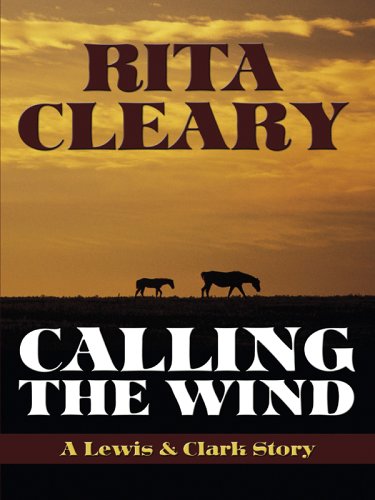Calling the Wind
With the 2006 celebration of the bicentennial of the Lewis and Clark Expedition, Calling the Wind is one of many new releases about the famed journey to explore the American West. Cleary’s story, however, differs greatly from many accounts documented by years of research. As a novel, the author has license to cast her story in any light she chooses; her story, as told through her characters, Lewis and Clark, and the men who made up the Corps of Discovery, is a rather dark tale that little resembles historical fact.
The story opens with the Expedition’s winter stay on the Pacific coast. The reader finds the men in a state of depression, wondering if they will ever see their homes again. The author’s description of the weather, the landscape, and the men add to the impression that this expedition is anything but glorious. She refers to Lewis and Clark: “Now he braced his shoulders smartly as William Clark reviewed the ranks and Meriwether Lewis, thin, pale, in pieces of his old dress uniform, trying to maintain the dignity of his rank, lowered the ragged, water-soaked flag.”
Cleary also imagines that there must have been racism among the men in regard to York, Clark’s slave. In a scene where the men are talking about York, she writes: “Labiche continued as if the black man were absent or deaf: ‘Blackie probably has his blackie woman and a passel of blackie chicks. Valuable property, blackie chicks. Bet he makes chicks faster than Clark can sell ‘em.’”
Calling the Wind is a piece of fiction, but it is not historical fiction.










